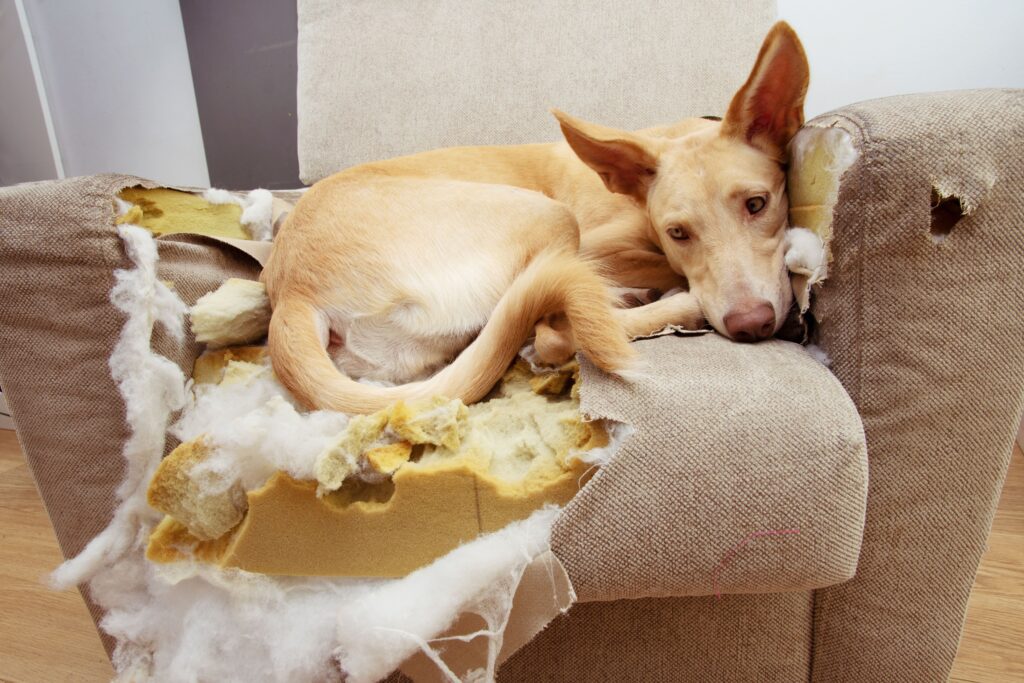
Helping Your Dog Overcome Separation Anxiety
Share
Life sometimes requires us to leave our beloved dogs at home, whether for work, errands, or social plans. For some dogs, these absences can lead to separation anxiety—a condition that causes significant stress for both pets and owners. At Richell USA, we’re here to guide you through separation anxiety training and provide tools to support your pup’s emotional well-being.
What is Separation Anxiety?
Separation anxiety goes beyond a dog simply missing their owner. It’s a serious issue that can result in destructive behaviors and emotional distress. Remember, your dog isn’t acting out of spite—they’re genuinely struggling to cope.
Signs of Separation Anxiety
Understanding the symptoms can help you take action:
- Destructive Behaviors: Chewing furniture, scratching doors, or attempting to escape.
- Excessive Barking or Whining: Vocal signs of distress when left alone.
- Accidents Indoors: Even house-trained dogs may urinate or defecate when anxious.
- Pacing or Restlessness: Repetitive movements like circling or pacing.
- Changes in Appetite: Loss of interest in food or overeating.
- Self-Harm: Excessive licking or chewing leading to injuries.
Why Does Separation Anxiety Happen?
Dogs often experience anxiety due to underlying fears or attachment issues. Here’s what can contribute:
- Early Life Experiences: Puppies separated too early or abandoned may be more prone.
- Routine Changes: A new home, family member, or work schedule can be triggers.
- Lack of Socialization: Dogs that haven’t learned to be alone may struggle.
- Health Issues: Some medical conditions can worsen anxiety symptoms.
Understanding your dog’s unique triggers is the first step to helping them.
How to Help Your Dog
1. Create a Safe Space
Designate a comfortable area in your home where your dog feels secure. This can be a quiet room, a cozy corner, or a crate.
-
Crate Training Tips:
- Introduce Slowly: Leave the crate open and encourage your dog to explore it with treats or toys.
- Positive Associations: Feed your dog inside the crate to make it a happy place.
- Short Sessions: Start with brief periods in the crate while you’re home, gradually increasing the time.
- Comfortable Environment: Add soft bedding, favorite toys, and something with your scent, like a blanket.
- Avoid Punishment: The crate should always feel safe, not like a place for discipline.
2. Build Independence
Gradually teach your dog that being alone is okay:
- Practice short departures and extend the time gradually.
- Use toys or puzzles to keep your dog engaged while you’re gone.
3. Consistent Training
Training your dog basic commands like “sit,” “stay,” and “relax” can help them remain calm. Reinforce positive behaviors with rewards.
4. Professional Help
For severe cases, consult a veterinarian or dog trainer to develop a personalized plan.
With patience, understanding, and tools like proper crate training, you can help your dog feel confident and relaxed when you’re away. Together, you can overcome separation anxiety and strengthen the bond you share.
